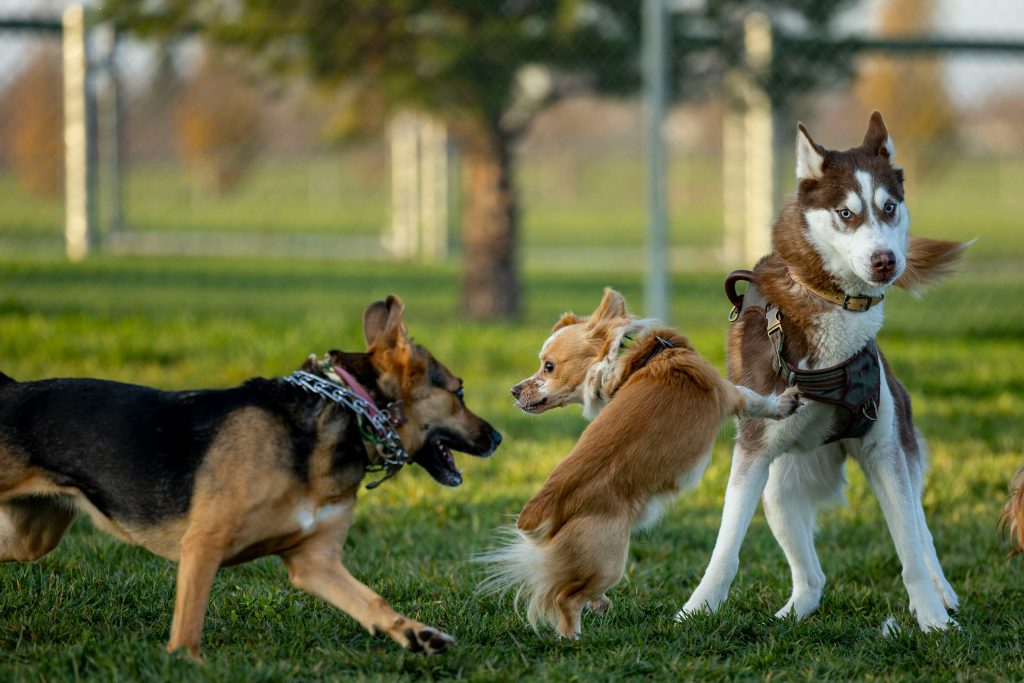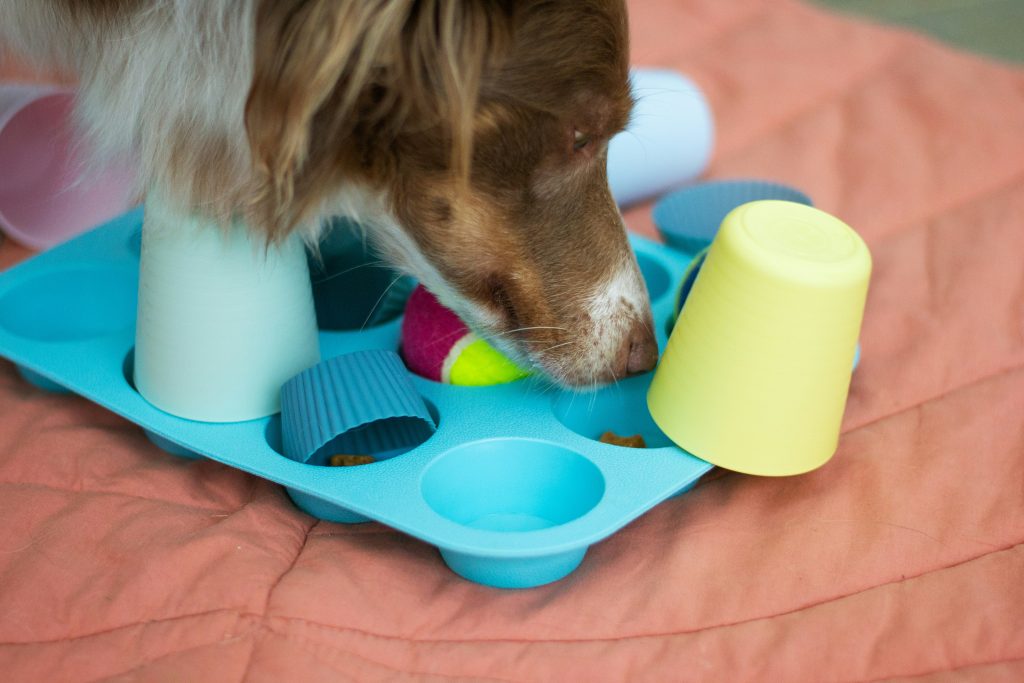Enrichment Walks: More Than Just Exercise
For most dogs, going for a walk is the highlight of their day. It’s a chance to explore the world, release energy, and spend time with their favorite human. But while walking your dog provides great physical exercise, it can also be a powerful tool for mental enrichment—if you approach it with a little creativity.
In this blog, we’ll explore how to turn ordinary walks into extraordinary opportunities for engagement, stimulation, and bonding.
What Is an Enrichment Walk?
An enrichment walk, also known as a “sniffari,” is a walk that focuses more on your dog’s mental needs than distance or speed. The goal isn’t just to tire your dog out physically—it’s to let them use their brain, especially their strongest sense: smell.
Dogs experience the world through their noses, and stopping to sniff allows them to gather information about other animals, people, and even events that happened hours ago.
Why Enrichment Walks Matter
A standard walk might help your dog burn off energy, but an enrichment walk taps into their natural instincts. Here’s why that matters:
-
Reduces anxiety and boredom by giving your dog purpose
-
Increases confidence in shy or nervous dogs
-
Fulfills natural foraging and tracking instincts
-
Deepens your bond as your dog learns to trust your pace and attention
-
Can reduce leash-reactive behavior by providing alternative focus
In short, mental stimulation is just as tiring as physical activity—sometimes even more!
How to Turn a Walk Into Enrichment
You don’t need to change your whole routine—just add in some of these simple tips and activities.
1. Let Your Dog Sniff (A Lot)
We often rush dogs through walks, tugging the leash every time they stop. But allowing them to sniff freely—even if it slows you down—is one of the most enriching parts of the experience.
Tip: Choose a cue like “go sniff!” to let them know it’s their time to explore. Let them stop at trees, poles, bushes, and other “hot spots” where scents gather.
2. Take a New Route
Walking the same path every day can get stale for both of you. Even a slight variation in direction opens your dog up to new smells and sights.
Try this:
-
Reverse your normal route
-
Visit a new neighborhood
-
Drive to a nearby trail or park
-
Walk around a schoolyard after hours or a quiet parking lot on the weekend
3. Add Training Breaks
Incorporating mini training sessions during your walk is a great way to engage your dog’s brain. Ask for basic commands like sit, stay, down, or touch in different environments.
Why it helps:
This builds focus in distracting areas and reinforces your dog’s listening skills outside the home.
4. Let Your Dog Choose the Direction
If it’s safe to do so, let your dog lead the way for a portion of the walk. This gives them a sense of independence and decision-making power.
Tip: Use a long lead in open areas so they can explore without restriction, but always watch for hazards and maintain control.
5. Introduce Obstacle Challenges
Turn your walk into a fun obstacle course! Use park benches, low walls, stairs, logs, or curbs to encourage your dog to hop up, crawl under, or balance.
This encourages:
-
Confidence
-
Body awareness
-
Obedience skills in real-life environments
6. Use Scent-Based Games
Bring a small pouch of treats and hide them behind trees, in tall grass, or under leaves when your dog isn’t looking. Then encourage them to “find it!”
Bonus Tip: Try a scent trail by dragging a treat-filled toy along the ground for a short stretch and letting your dog track it.
7. Schedule a “Sniffari”
Instead of trying to cover miles, dedicate certain walks to sniffing and exploring. Let your dog meander, stop, investigate, and fully absorb their environment.
Ideal for:
-
Older dogs
-
Puppies
-
Reactive dogs who do better at slower speeds
What You’ll Need
To make the most of enrichment walks, consider bringing:
-
A long lead (10–20 feet) for freedom in safe areas
-
A treat pouch for games and training
-
High-value treats to capture attention when needed
-
A harness for comfort and control
Safety Reminders
-
Always be aware of surroundings: traffic, other dogs, and wildlife
-
Don’t let your dog sniff unknown substances or sharp objects
-
Respect property boundaries
-
Use reflective gear if walking early or late in the day
Final Thoughts
Enrichment walks are one of the easiest and most effective ways to boost your dog’s quality of life. By simply slowing down and allowing your pup to explore, sniff, and make choices, you transform a routine activity into a deeply satisfying experience.
So tomorrow, instead of rushing to hit a step count, try going on a walk that’s all about your dog. You’ll both enjoy it more—and your pup will come home happy, calm, and mentally fulfilled.


